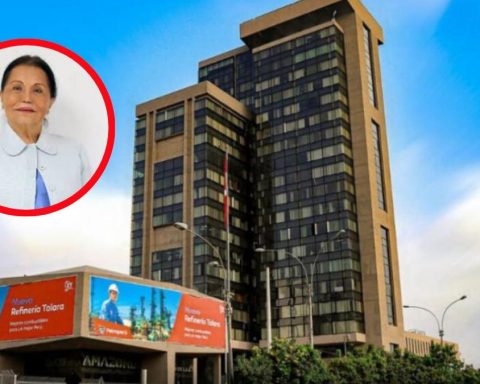AND
the first month of the third year of the pandemic has been intolerable due to the rapid expansion of new infections. A large part, perhaps the largest part, of them is attributed to ómicron, a variant that had not been designated two months ago. It has already become or is becoming dominant. This is the most recent of the five concern variants
identified and, unlike the previous ones –whose place of emergence is defined: beta in South Africa and delta in India, for example–, their appearance, according to the first documented sample, occurred in multiple countries
on November 26, 2021 (https://bit.ly/3H0kzpz). This explains the speed and geographic breadth of their dispersal. The new infections reached, in the week to January 16, 18.7 million, with an average of 2.7 million daily; nine weeks earlier, as of 11/15/21, the corresponding figures were 3.8 million and 542 thousand. In other words, they multiplied by six in just nine weeks: one of the most explosive increases in new infections throughout the pandemic. The lesser severity of omicron infections, which has been talked about so much, did not alleviate the burden on hospital and health services, especially in low-income countries, due to the overwhelming increase in demands for care.
With the new year and the greater knowledge about the evolution of the pandemic, revisions of the institutional diagnoses regarding the progress of the world economy in 2021 and the forecasts for the next two years also appeared. The pandemic is clearly recognized in these studies as the determining element in the future of the world economy, both in its various segments – from advanced nations to less developed countries – and in the different productive and service sectors, raising inflation, affecting the volume of employment and international financial and commercial relations, through its effects on production and value chains and the availability and cost of transportation. At the beginning, the activities were suspended due to a policy decision, now they are interrupted due to the contagion of employees and workers.
This note is based on Global Economic Prospects, of the World Bank (I consult the original version in English, since at the time of writing these notes the complete translation into Spanish was not available). The initial brief summary points to the pandemic –directly and indirectly– as the main recessive risk factor for global economic activity in this and next year:
“The global recovery is set to slow markedly amid continued outbreaks of covid-19.
“Output in emerging market and developing economies will remain substantially below pre-pandemic levels in [los próximos dos años].
“The global outlook is clouded by various recessionary risks, including renewed outbreaks of covid-19, due to omicron or new variants…
“Social tensions can be exacerbated by the increase in inequality, both between and within countries, derived from the pandemic.
These challenges underscore the importance of strengthening international cooperation to accelerate the rapid and equitable distribution of vaccines.
In short, five direct allusions in a text-summary of 16 lines. It is clear, then, that the main message conveyed by this latest World Bank report is that in the present and in the next two years, the pandemic and its aftermath will continue to be the greatest challenge to the smooth running of the world economy.
In terms of policy priorities, the highest priority must be given to integrating a global, coherent and coordinated effort that manages to stop the spread of the disease, control and limit its consequences and reach the entire world population, not only as an ethical imperative but as a condition sine qua non of effectiveness.
The World Bank document also warns that the growth of world economic activity in 2022 and 2023 will remain below that calculated at 5.5 percent for 2021, standing at 4.1 and 2.3 percent, with successive annual falls of 1.4 and 0.9 points. These contractions will affect both advanced and emerging market and developing economies (with 1.2 and 1.3 points and 1.7 and 0.2 points, respectively), widening the development gap and inequality.
By region, in the current year, minimal growth is expected in the Middle East and North Africa, South Asia and Sub-Saharan Africa and contractions in Latin America and the Caribbean (minus 4.1 points), Europe and Central Asia (minus 2.8 points) and East Asia and the Pacific (minus 2 points). In the World Bank’s view, the world that will eventually emerge from the pandemic will be less wealthy, produce less goods and services, and be markedly more unequal. Latin America and the Caribbean will be the most affected of the six regions.

















